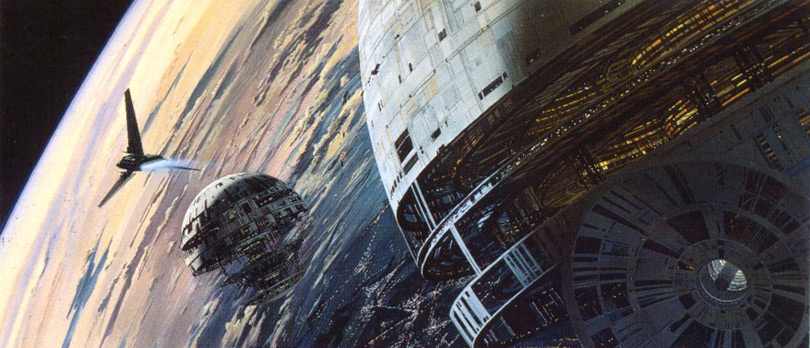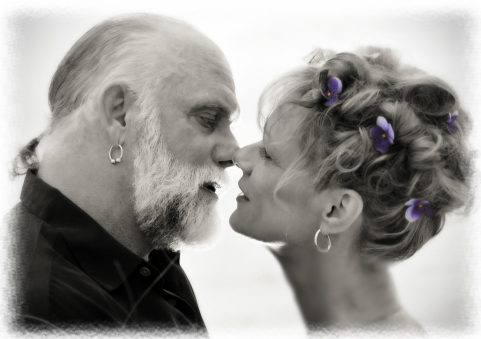|
|---|
Wednesday, June 3, 2009

David Lynch's new project, Interview Project, is assumingly as simple as it gets: travel across the US. Interview people.
Here is the first episode.
First impressions? It's... nice. Potentially fascinating. Not quite yet. For the moment, it's too early to say.
This might seem like something very unfocused, as if it lacked a form, a formula, a format to support it. Compare this first episode to Kieślowski's (amazing, amazing) Talking Heads (1980):
Kieślowski has a format and sticks to it.
Seen from this perspective, Lynch's project might appear as amateurish.
But then, it goes so well with the spirit of our times, with the thirst for simple, everyday stories...
After all, we can still feel quite a heavy dose of humanist ideals and pathos in Kieślowski's approach. Even the way he films his subjects is dramatic, often painting-like.
Lynch has this capacity too, as we know so well. Yet he chooses a very different approach, different texture. Different proximity.
One small, hardly noticeable element is similar in the two projects: the music. It is heavy, dramatic, as if contradicting the simplicity of the protagonists.
Is it nostalgia for the great narratives?
Oh, and one more thing. We can only get that far asking constantly the most basic questions. After a while, I get tired. I want more. The essential stops being essential. It becomes annoyingly abstract, unaccessible. That's one reason to go beyond the existential questions, and one reason to ask other questions. One way of dealing with this is moving away from the person-as-biography to the person-as-projection. Take the famous work by Sophie Calle called Blind, where she asked people who were born blind about what is their image of beauty.
 The pathos is still quite present. Yet the projection, the sensibility of the imagination, makes us... dance with empathy.
The pathos is still quite present. Yet the projection, the sensibility of the imagination, makes us... dance with empathy.
Labels: film
 Several weeks ago I stopped at a local Steak 'n Shake restaurant and found out they were giving away free paper car models with their kids meals. The cars looked pretty awesome so I had to get my hands on one. ^-^ The construction of the cars is glueless, relying on tabs to keep them together. I researched the company that produces the cars, Kid Stuff Marketing, Inc., and found they offer a line of 19 antique car models, everything from a Pontiac Bonneville to a Ford Edsel Pacer. You can take a look at their models here. Sorry no free downloads, but they do offer cases of 120 unfolded cars for a price if you just can't live without them. ^-^
Several weeks ago I stopped at a local Steak 'n Shake restaurant and found out they were giving away free paper car models with their kids meals. The cars looked pretty awesome so I had to get my hands on one. ^-^ The construction of the cars is glueless, relying on tabs to keep them together. I researched the company that produces the cars, Kid Stuff Marketing, Inc., and found they offer a line of 19 antique car models, everything from a Pontiac Bonneville to a Ford Edsel Pacer. You can take a look at their models here. Sorry no free downloads, but they do offer cases of 120 unfolded cars for a price if you just can't live without them. ^-^
Labels: Cars
Monday, June 1, 2009
Ballistic Publishing announced the awarding of the EXPOSÉ 7 Grand Master to renowned Star Wars concept artist, Ralph McQuarrie.






Keywords: cgsociety cgtalk ballistic publishing announces ralph mcquarrie as grand master for their expose 7 book snow speeder ship over at at explosion star wars concept art battlestar galactica viper on alien foreign distant planet c-130 plane aircraft dropping cargo art
When you work in mosaics and when you are new to mosaics like I am you often start a piece with no clear idea of how things will look in the end. How will the glass colors work together and what color of grout will be best? By working small I can easily take risks without fear of putting several weeks in a piece only to be disappointed by an unfortunate grout color choice. In this case I was surprised to find that I actually liked the subtle brown, blue and gold more than the bold orange & green. The design on the burgundy & yellow octopus (bottom right on top pic) is my least favorite and I probably would choose not to create this design larger.
Next On The List: Photography! I have got to spend some time with my camera and figure out a good way to photograph mosaics. My best girlfriend has a nice lighting booth she has designed to shoot jewelry. I may borrow that for my smaller works. With mosaics you do not want to eliminate all reflections as this will flatten them some, however you do want to minimize the light reflections and gain control over them.
















